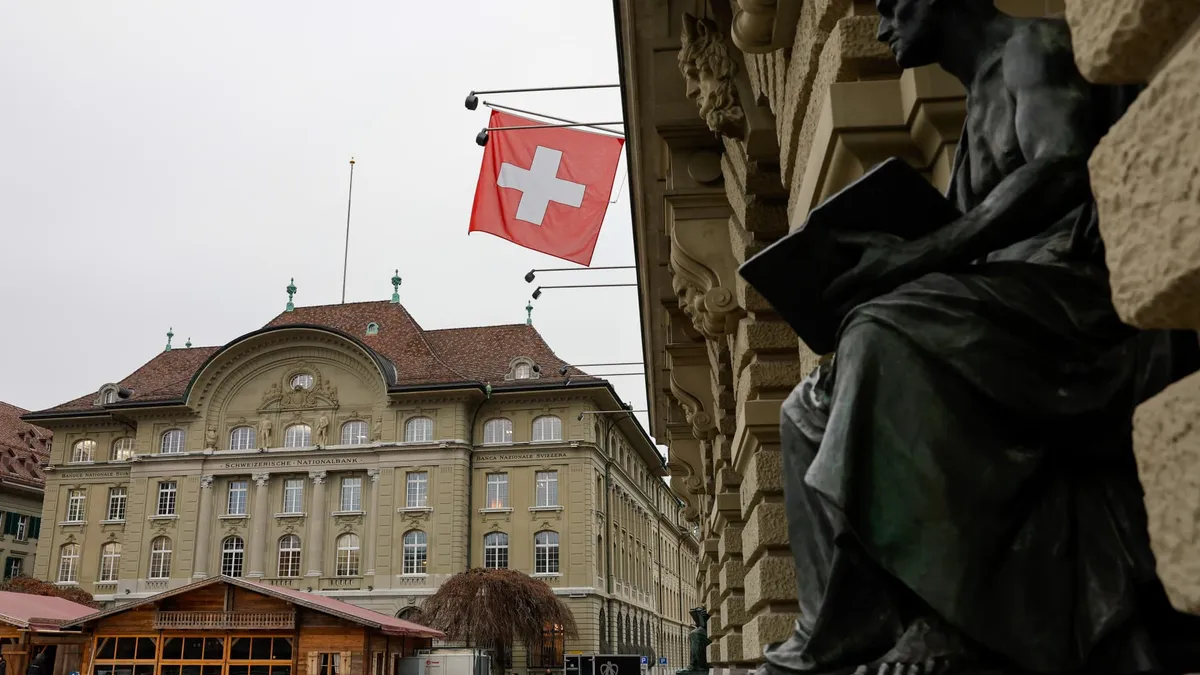
The Swiss National Bank (SNB) made headlines on Thursday by cutting interest rates by an additional 25 basis points to a historic low of 0%. This decision has sparked growing concerns regarding a potential return to negative interest rates, a scenario that many in the financial community had anticipated. Prior to the announcement, market analysts had priced in an 81% chance of a quarter-point cut, alongside a 19% likelihood of a more significant 50-basis-point reduction.
In its official statement, the SNB acknowledged the easing of monetary policy as a response to decreased inflationary pressures compared to previous quarters. The central bank emphasized its commitment to closely monitor economic conditions and adjust its strategies as needed, ensuring that inflation remains within a range conducive to maintaining price stability over the medium term.
While many nations grapple with rising inflation, Switzerland is currently facing deflation, evidenced by a 0.1% annual decline in consumer prices reported in May. This phenomenon is not unprecedented; the country has experienced several deflationary periods throughout the 2010s and 2020s. A significant factor contributing to this trend is the robust performance of the Swiss franc, which has historically acted as a safe-haven currency. According to Charlotte de Montpellier, a senior economist at ING, the franc tends to appreciate amid global market uncertainty, thereby exerting downward pressure on the prices of imported goods.
As a small, open economy, Switzerland relies heavily on imports, which play a critical role in influencing the Consumer Price Index (CPI) inflation. De Montpellier noted that the franc's ongoing strength is expected to present persistent challenges for the SNB, particularly in maintaining stable inflation levels.
Following the SNB's interest rate decision, the Swiss franc appreciated further, with the U.S. dollar remaining relatively stable against it. Adrian Prettejohn, an economist at Capital Economics, projected that interest rates could potentially be cut to -0.25% later this year, with the possibility of going even lower if inflationary pressures do not materialize. He highlighted that the lowest the policy rate might reach is -0.75%, a level observed during the last decade.
Prettejohn explained that while interest rate cuts can lead to a depreciation of currencies, making borrowing cheaper and stimulating investment, there are inherent risks associated with negative interest rates. These include the potential for savers to see their profits diminished and for banks to experience reduced returns on loans.
De Montpellier raised important considerations regarding the long-term implications of negative interest rates. She warned that such a scenario could distort financial markets, compress bank profit margins, and ultimately raise concerns about the overall stability of the financial system. As the SNB navigates these complex economic dynamics, its decisions will be pivotal in shaping Switzerland's economic landscape in the months and years to come.